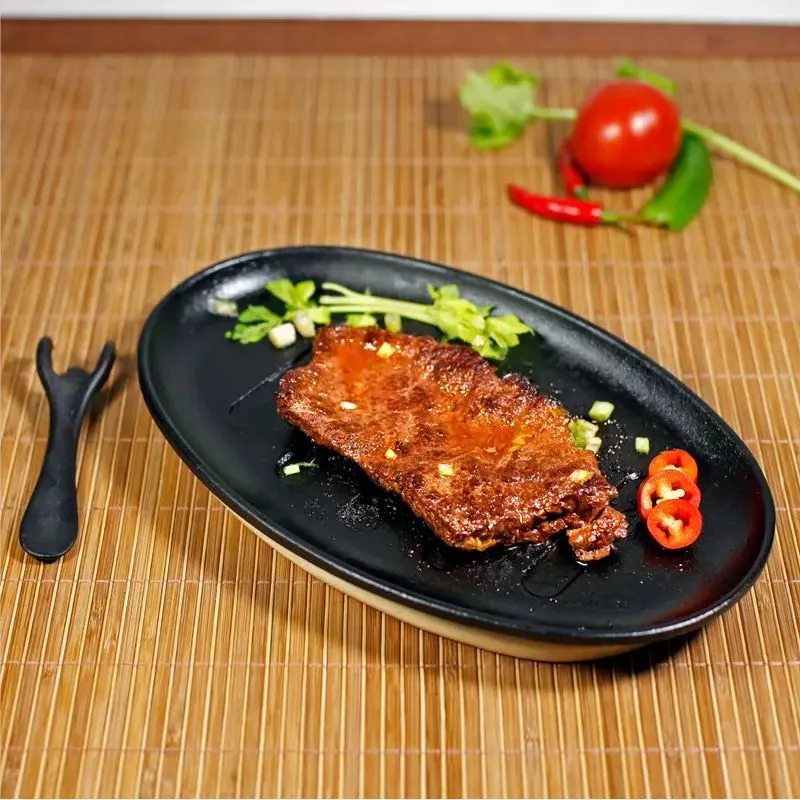classic wok

Desuden tilføjer en emaljeret støbejern grillpande et strejf af elegance til dit køkken med sine smukke farver og glatte finish. Den er ikke kun funktionel, men også en æstetisk tilføjelse til dine køkkenredskaber.





